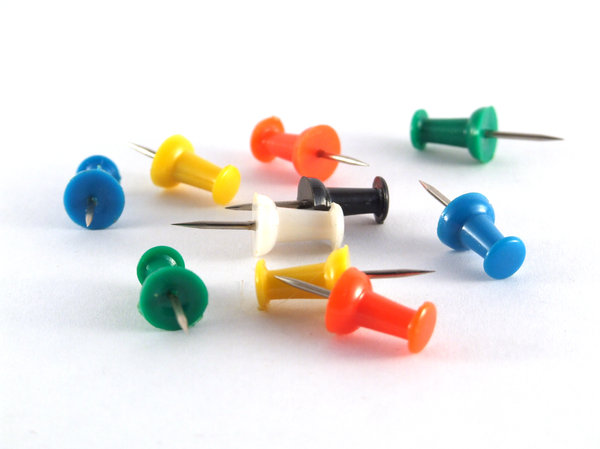
Pros: Glass head pins are practically identical to plastic heads except that the glass head won’t melt when ironed. They are called magic pins I guess because they are heat resistant and easy to grab. Recently they made NOVELTY pins with plastic heads that are heat resistant. You can also find the heads in different shapes (such as a heart), which can help make them easier to grab. Notes: These are a good all-around pin as long as you don’t need to iron your project. Pros: This common style comes in a large variety, easy for grabbing and seeing the pins against your fabric.Ĭons: These heads can melt from the heat of the iron, and potentially ruin both your fabric and your iron. In order to know which head you need, you need to know the pros and cons of each style. Pins can have plastic heads, glass heads, or flat metal heads. Just like everything with sewing pins, there are reasons for this. Heads can vary in shape, size, color, and materials. The head of the pin is the piece at the end that you can grab and hold onto. Then, put them together and go find the pin that fits your needs.

#Dollar tree push pins how to
Here’s how to tackle this potentially daunting situation: Before you start your project, decide what qualities you need for each of the pin parts. And that’s why you have so many different types of sewing pins for purchase at the sewing store. When you factor in different ways to combine those options, you end up with a lot of possible combinations. You’ll choose which option to use based on: Straight pins are the most commonly used pin for sewing, also known as basting pins or hemming pins. I only recommend products I believe in and use myself. This means I will receive a commission if you order a product through one of my links. Note: Some of the links on this page are affiliate links. Keep reading to learn about the different types of sewing pins, the part of sewing pins and how they vary, and how to choose the best pin for your project. Each style has a specific purpose, and I’m going to share that with you in this post because (as with any project) using the right tool for the job at hand will yield the best results. You’ll find sewing pins that come in different thicknesses and lengths, pins that have different tips, or pinheads that are made of different materials. So we have different kinds of pins to do different jobs. With the responsibility of all these jobs sitting on their figurative shoulders, it makes sense that no one-kind-fits-all approach will work.

Mark places in the fabric where you need to start or stop stitching.Temporarily holding fabrics and materials together while you sew.Holding the pattern to the fabric to prevent shifting during cutting.

While it is possible to sew without using pins for every single project, they help tremendously with: If you ask any sewist about sewing pins, you’ll find out they are a must-have tool for sewing as they perform many crucial tasks. Those dollar store pins were too thick for most of my projects, and they had very blunt tips. But soon I learned the hard way that there are different types of sewing pins for a reason.


 0 kommentar(er)
0 kommentar(er)
